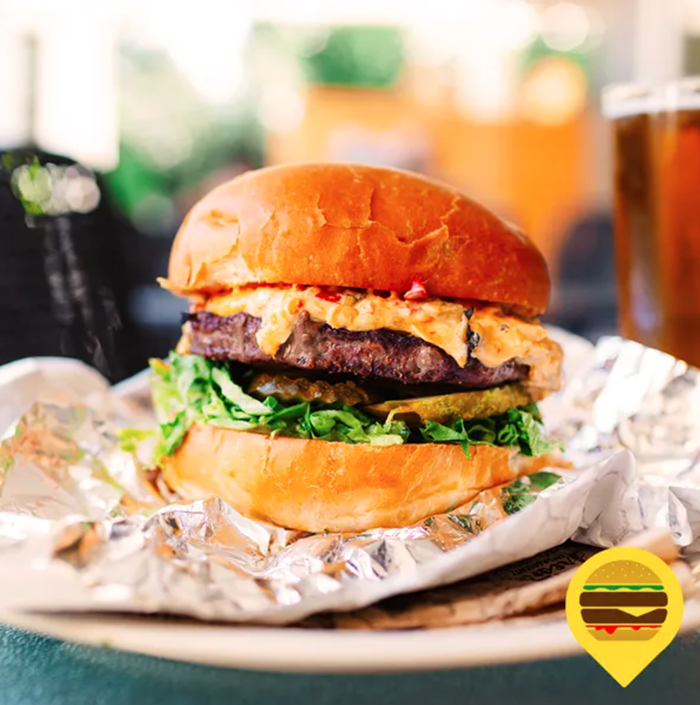In one corner of SPILL, Liza Ryan's installation of new work at Reed's Cooley Gallery, the Los Angeles-based artist presents a silent, two-channel video called "Sight Unseen." On the left, the camera follows a falcon in flight, as it swoops and soars above fields, occasionally disappearing behind trees. On the right, the camera tracks a woman jogging across a dry, barren field. As the video progresses, she moves closer, continually looking upward at the bird's powerful maneuvering. Certainly, the bird as a figure of transcendence—whether from society or the constraints of the material world—is a familiar trope, but "Sight Unseen" implies that, for Ryan, it's hardly an uncomplicated symbol of hope. If the falcon's unrestricted flight inspires the artist to imagine a world of boundless possibility, it also reminds her of its ultimate impossibility. That is, as the woman in the video strains to keep pace and look upward, her feet remain firmly on the ground, obedient to gravity.
Though this problem—in which the figurative cannot trespass into the literal—remains at the heart of the other work in SPILL, it is primarily a literary or linguistic problem and Ryan finds ample ways of examining it. That is, if the artist cannot become like the bird, she can celebrate the symbolic freedom of its flight through worship and emulation. In "Spill," a kind of 30-foot-long rebus of juxtaposed images, Ryan paints over blurred images of diving hawks, the precise patterns of their plumage, and the smooth, wingless shoulders of men and women. As the fluid, almost inevitable drips and spills of her paint wander across these photographs, it works to unite them—like an uncoiling vine from which these images blossom—in asserted relation. Elsewhere, Ryan explores what it would mean to command such freedom over space, which leads her from the phenomenon of flight to invisibility and camouflage. In a triptych entitled "Invisibility Stills," the artist appears, in a white body suit that only reveals her silhouette, hidden beneath projections of forested tableau. This group of work suggests another path toward artistic transcendence, in which a kind of self-denying conformity mimics the autonomy of the falcon's flight. After all, a cipher can't be bound; it doesn't exist.













